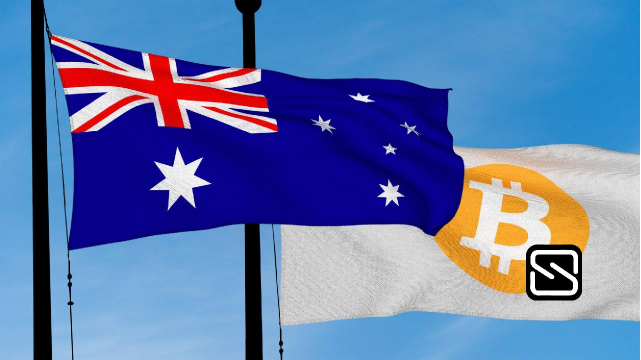Australia started a public consultation on its own taxonomy of crypto assets in the wake of the global regulatory race. The four main product categories related to the cryptocurrency industry are proposed to be separated by the national regulators.
The Australian Treasury announced the release of a consultation paper on “token mapping” on February 3 and described it as the first phase of the government’s multi-stage reform program to control the market. It aims to guide policy development in “a fact-based, consumer-conscious, and innovation-friendly” manner.
The paper suggests a number of fundamental definitions for everything cryptographic, all based on the “functional” and technology-neutral approach.
It introduces the fundamental ideas behind crypto networks, crypto tokens, and smart contracts at the first level. A distributed computer system that can host crypto tokens is what the Treasury envisions as a crypto network. Information storage and user command processing are its two main tasks. The two most well-known public crypto networks mentioned in the paper are Bitcoin and Ethereum.
A crypto token is defined as a unit of digital information that can be “exclusively used or controlled” by a person who doesn’t administer the host hardware where the token is recorded. According to the paper, the concept of “exclusive use and control” is a key distinguishing factor between crypto tokens and other digital records.
A smart contract goes as the computer code published to a crypto network’s database. It involves intermediaries or agents performing functions under promises or other arrangements or procedures being completed by crypto networks without promises, intermediaries and agents.
- Crypto asset services, which include lending and borrowing, fiat on/off ramping, crypto token trading, funds management, mining/staking-as-a-service, gambling and custody.
- Intermediated crypto assets, which are the closest to a wide-spread definition of tokens; rights or licenses in relation to event access or subscriptions, intellectual property, reward programs, consumer goods and services, fiat money, nonfinancial assets and government bond coupons. This class includes stablecoins.
- Network tokens — a “new type of currency” constituting peer-to-peer payment infrastructure. Think of your original Bitcoin
- Smart contracts exist on a spectrum from “intermediated” to “public.“ Intermediaries use the former in providing a service; the latter is used by parties to remove the need for an intermediary.
Although the paper doesn’t offer any legislative proposals and only proposes to begin the discussion on this taxonomy, its authors believe it will be relatively simple to adapt existing laws to cover the majority of the crypto ecosystem. The ecosystem’s pockets where public, self-service software is used to ensure certain functions may necessitate the development of new legal regulations.
The publication of a similar paper on a potential licensing and custody framework for cryptocurrencies in the middle of 2023 will mark the next significant step in a national regulatory discussion.
The consultation paper for the cryptocurrency regulation was also released on February 1 by His Majesty’s Treasury of the United Kingdom. Given that the current Financial Services and Markets Act can cover digital assets, the financial authority emphasized in it that separate legislation is not necessary.
